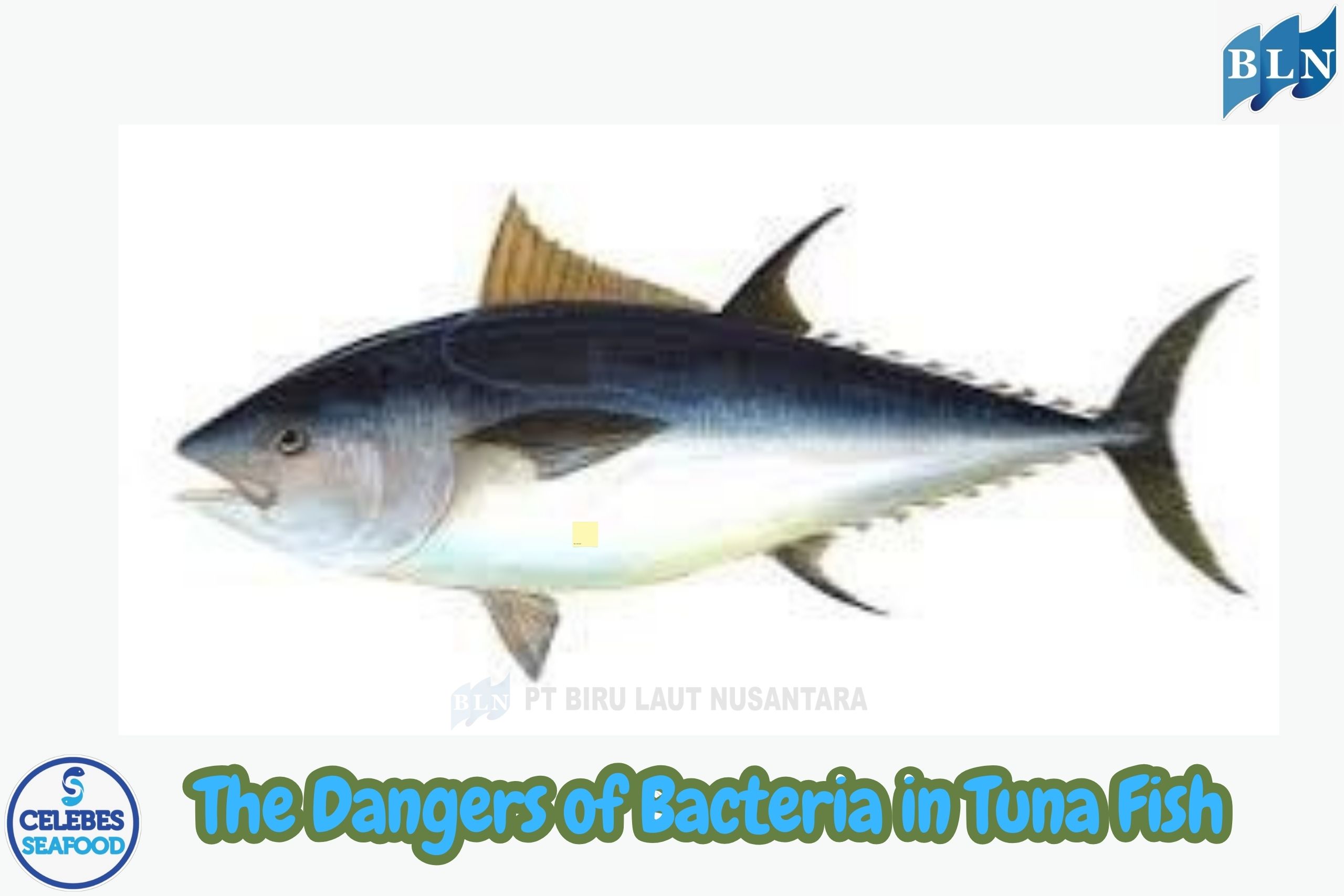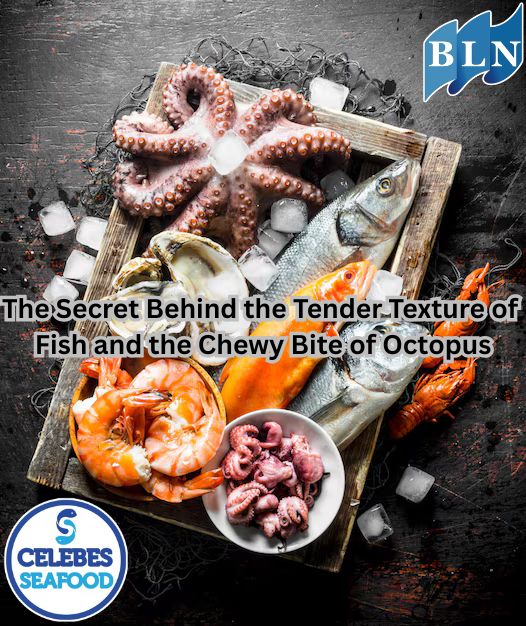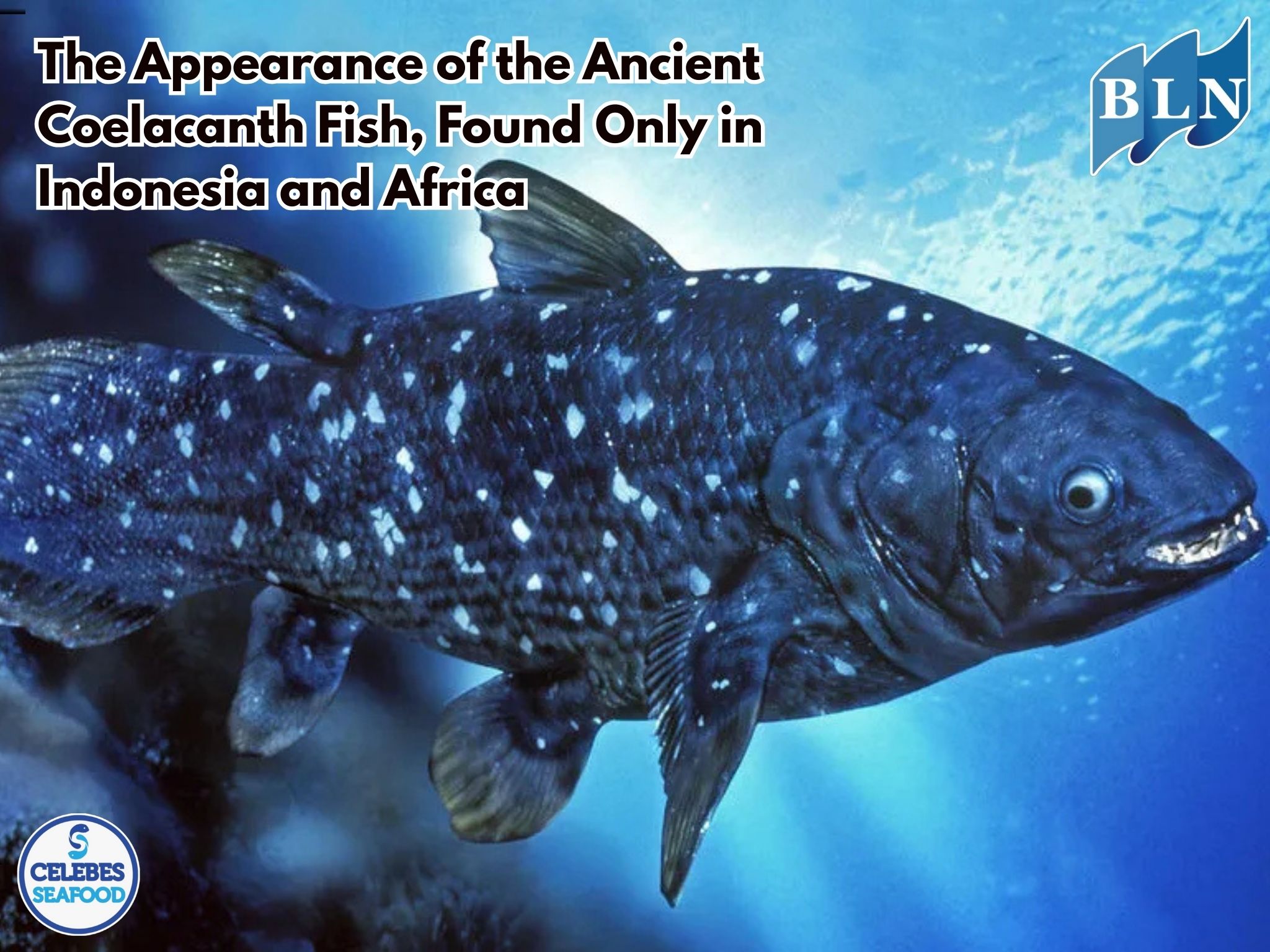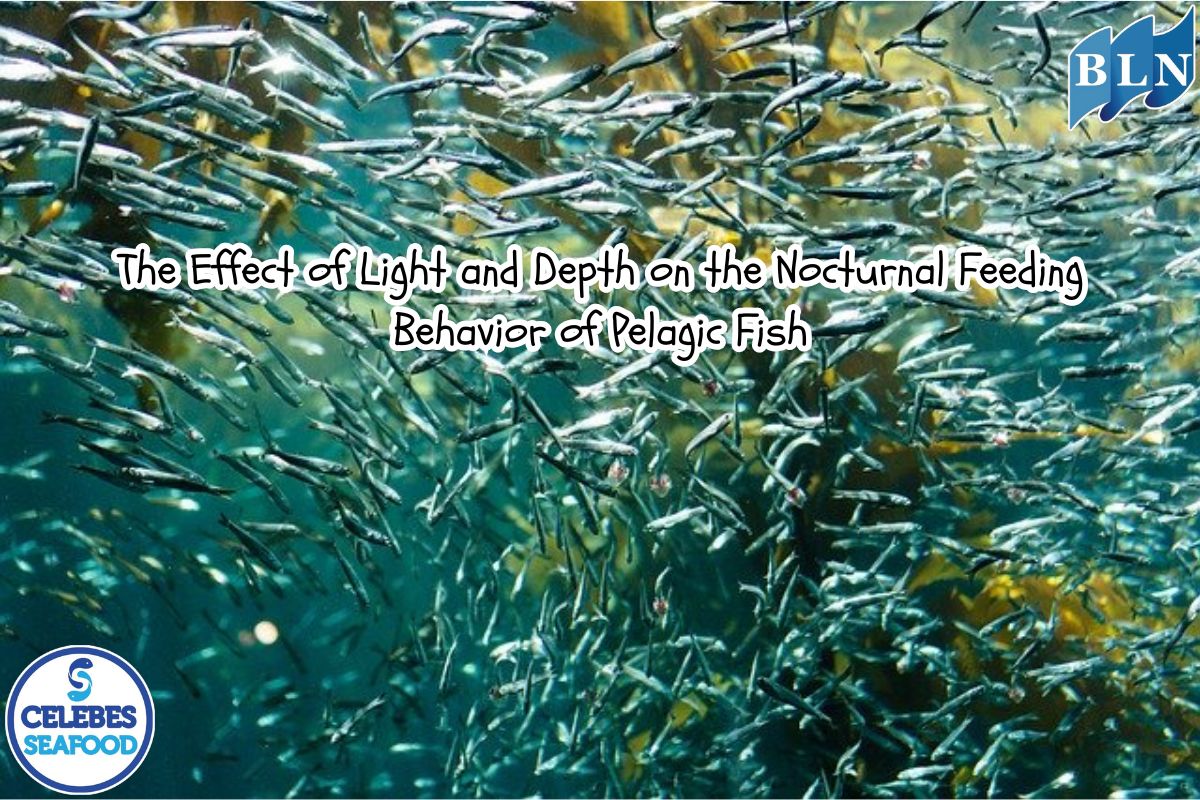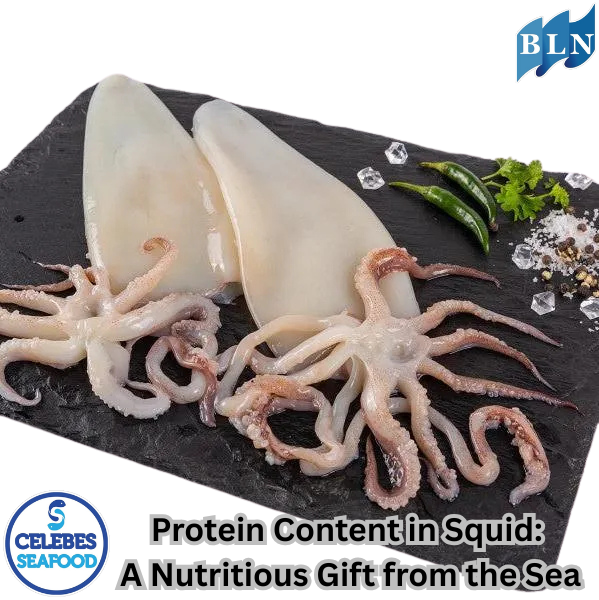Histamine Content in Fish Nugget Products
By. Azizah - 01 Jul 2025.jpg)
lautnusantara.comHistamine is a biogenic amine that can form in fish products due to the decarboxylation of histidine by bacterial activity. High levels of histamine in processed fish products, including fish nuggets, can pose toxicological risks to consumers. This article discusses the factors influencing histamine formation in fish nuggets, permissible limits, and control measures to ensure product safety.
Introduction
Fish nuggets are a popular fish-based processed food due to their convenience and nutritional value. However, during processing and storage, there is potential for histamine formation if the raw materials are not handled properly. Histamine is heat-stable, meaning it does not degrade during cooking, and can cause food poisoning (histaminosis) if consumed in excessive amounts.
Histamine Formation in Fish Products
Histamine is formed through the decarboxylation of the amino acid histidine by enzymes produced by microorganisms, especially Gram-negative bacteria such as Morganella morganii, Klebsiella pneumoniae, and Proteus species. This process occurs particularly when fish are stored at inappropriate temperatures or under poor hygienic conditions.
Key factors influencing histamine formation include:
-
Type of fish: Dark-fleshed marine fish such as mackerel, tuna, and bonito have higher histidine content compared to white-fleshed fish.
-
Storage temperature: Storage at temperatures above 4°C increases the risk of histamine formation.
-
Sanitation and hygiene: Contaminated equipment, hands, and processing environments can accelerate the growth of histamine-producing bacteria.
Histamine in Fish Nuggets
In the production of fish nuggets, raw fish is minced and mixed with ingredients such as flour, spices, and binders, then shaped, breaded, and partially fried (pre-cooked) before being frozen. If the raw fish already contains histamine, the compound will remain in the final product.
Studies have shown that histamine levels in fish nuggets can vary depending on the type of fish, storage method, and the hygiene of the production process. Histamine levels exceeding safe limits can cause symptoms such as nausea, headaches, skin flushing, and digestive disturbances shortly after consumption.
Histamine Limits and Regulations
The Indonesian Food and Drug Authority (BPOM) and the Codex Alimentarius recommend a maximum histamine limit of 50 mg/kg in fish products. Therefore, fish nugget manufacturers must implement quality control measures for both raw materials and production processes to ensure consumer safety.
Prevention and Control Measures
-
Use of fresh raw materials
Fish should be sourced from reputable suppliers and stored at cold temperatures (<4°C) from capture to processing. -
Sanitation and hygiene
Equipment, facilities, and workers must maintain hygienic standards to prevent microbial contamination. -
Implementation of HACCP system
The Hazard Analysis and Critical Control Points (HACCP) approach can be used to identify critical points in the production process and minimize the risk of histamine formation. -
Laboratory testing
Regular histamine testing should be conducted on both finished products and raw materials to ensure compliance with food safety standards.
If you are interested in our Coral Trout Fillet Skin On, CORAL TROUT WGG WHOLE GILLED GUTTED, TOMATO COD WHOLE GILLED GUTTED please do not hesitate to contact us through email and/or whatsapp.
.jpg)
